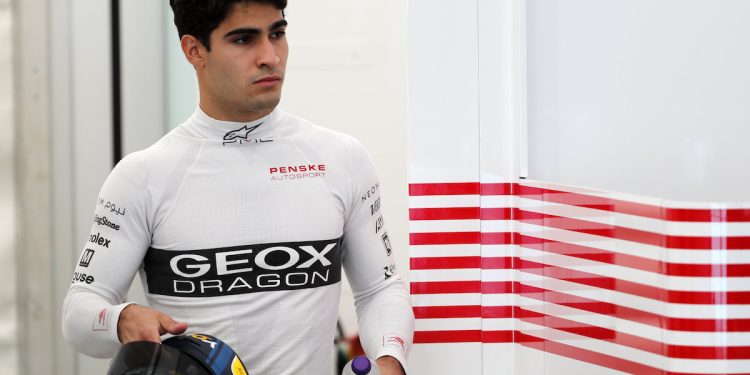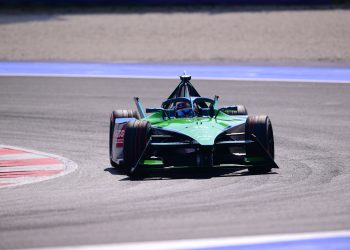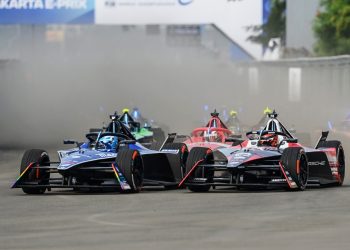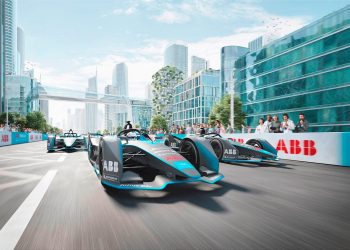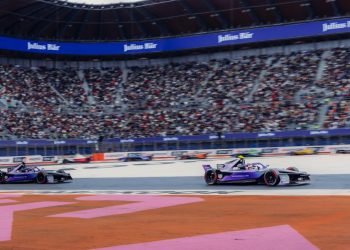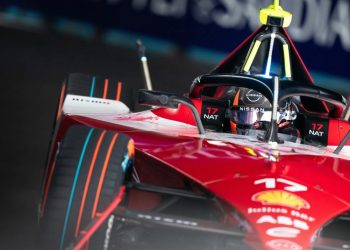One of the novelties of Formula E Season 8 is the new qualifying system. After strong criticism, the electric single-seater series made adjustments that, likewise, have not left all drivers happy.
One of them is the Brazilian, Sette Camara, who assured, from his point of view, that the format gives few options to small teams. “I think it is very difficult to surprise during a qualifying session this year because everyone has three or four laps and the power is not so high.”
In sessions so far this 2021-22 season, Camara has flirted with the top four of his group, but has not been able to keep up the pace to place at the top.
Related content: Confirmed: Antonio Giovinazzi to Stay in Formula E After Rumors of Replacing Russia’s Nikita Mazepin in F1
The rider noted that this year is much more complicated to achieve his team’s goal of breaking into the top. “Everyone has incredible qualifying laps. I was about a tenth away in Mexico from being at the top, but at the end, it didn’t happen.”
“It’s all very tight and we don’t seem to be doing enough to qualify on top. If I could have corrected that small deficit and sneaked into the knockout stage, I could have achieved a position in the middle of the group,” he added.
Camara called his result in Mexico a very tough blow after the NIO 333 team out-strategized him and he was able to make use of his energy savings at the end, as qualifying was extended by one lap longer than other squads expected.
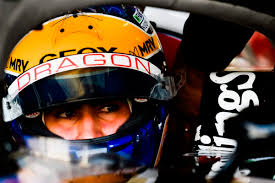
“A tenth would have put me about five places ahead in my group, which means 10 places ahead on the grid. I was very close to starting among the front runners, but it didn’t happen. During the race, we know we don’t have the strongest car and those things to move forward,” he emphasized.
Despite difficulties and unsuccessful results, the Brazilian driver is confident of getting better results over the next races. “We have to be better in Rome,” he said about the Italian round scheduled for April 9 and 10.
Format Defense
Alberto Longo, Formula E Co-Founder and Director, clearly differs from Camara’s comments. The executive assures that “it is exciting and something new”.
“Head-to-head duels will increase the pressure on drivers and teams. I think it’s a format that consistently rewards the fastest drivers and those who can deal with that pressure. However, that won’t stop you from seeing alternatives,” he explained.
Longo pointed out that the qualifying system should reward the strongest set on a regular basis, but it will not change the essence of the tournament which is to give everyone a chance to be competitive.
What Does the New Format Consist of?
At the group stage, there are two sections of 11 drivers, who are ordered according to their positions at the drivers’ World Championship, who will race with 220 kW to set their lap times in one 10-minute session each.
The four fastest from each key will move on to the duel stage. Then, those eight drivers will face off in quarterfinals to compete against each other in a knockout session, racing on 250 kW. At the end of this stage, the fastest drivers will advance to the semifinal and then to the final.
The winner of the decisive duel will occupy the Pole Position and the loser second. The riders who lost in semifinals will line up third and fourth, and those who lost the quarterfinals will occupy from fifth to eighth place, according to their lap times.
Written by I Jhonattan González



